Breadcrumb
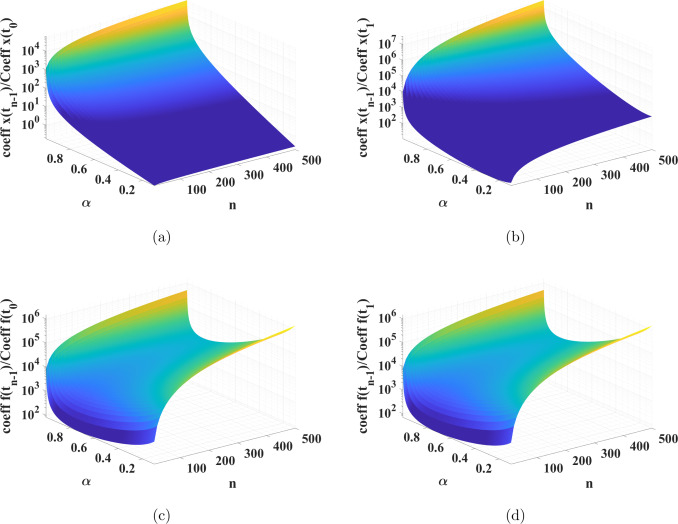
On numerical approximations of fractional-order spiking neuron models
Fractional-order spiking neuron models can enrich model flexibility and dynamics due to the extra degrees of freedom. This paper aims to study the effects of applying four different numerical methods to two fractional-order spiking neuron models: the Fractional-order Leaky integrate-and-fire (FO-LIF) model and the Fractional-order Hodgkin–Huxley (FO-HH) model. Furthermore, some adjustments to these models are proposed, and the effect of reducing the memory size is investigated. We first propose a new realistic formulation for Fo-LIF model to better describe its functionality that is aligned
Modeling of Soft Pneumatic Actuators with Different Orientation Angles Using Echo State Networks for Irregular Time Series Data
Modeling of soft robotics systems proves to be an extremely difficult task, due to the large deformation of the soft materials used to make such robots. Reliable and accurate models are necessary for the control task of these soft robots. In this paper, a data-driven approach using machine learning is presented to model the kinematics of Soft Pneumatic Actuators (SPAs). An Echo State Network (ESN) architecture is used to predict the SPA’s tip position in 3 axes. Initially, data from actual 3D printed SPAs is obtained to build a training dataset for the network. Irregularintervals pressure
Current-Mode Multiplier Accumulator Design using a Memristor-Transistor Crossbar Architecture
This paper discusses the implementation of a Multiplier Accumulator (MAC) design using memristor and crossbar architecture. MAC consists of an array of memristors alongside transistors making a cell that works as a switch (i.e., turned ON or OFF). When a cell is selected, it adds the current in the array path, followed by a current mirror circuit amplified to determine the accumulated current. A traditional MAC is also implemented to compare it with the proposed MAC. The proposed MAC consumed power of 3.9μW, while the traditional MAC consumed power of 19μW. The delay of the proposed MAC is 1
Modeling and characterization of carrier mobility for truncated conical quantum dot infrared photodetectors
In the present paper, a theoretical model for calculating the carrier mobility which is a result of the existence of a truncated conical quantum dots of n-type quantum dot infrared photodetectors (QDIPs) is developed. This model is built on solving Boltzmann’s transport equation that is a complex integro-differential equation describing the carrier transport. The time-domain finite-difference method is used in this numerical solution. The influences of dimensions and density of the QDs for this structure on the carrier mobility are studied. Eventually, the calculated mobility for truncated
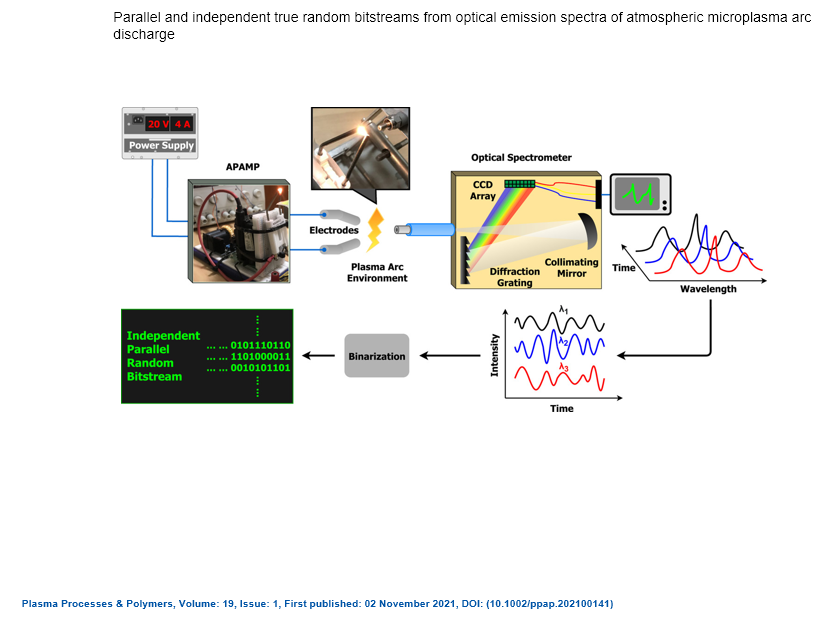
Parallel and independent true random bitstreams from optical emission spectra of atmospheric microplasma arc discharge
In this study, we propose the possibility of generating several parallel and independent random bitstreams from the time-varying optical emission spectra of an atmospheric pressure air microplasma system. This is achieved by splitting the plasma arc emission into discrete wavelengths using an optical spectrometer and then monitoring the fluctuating intensities of each wavelength as an independent time series. As a proof of concept, we considered eight wavelengths centered at 377.8, 389.1, 425.8, 591.4, 630.5, 673.0, 714.2, and 776.4 nm corresponding to atomic emissions lines from species

Switched active control synchronization of three fractional order chaotic systems
This paper discusses the continuous effect of fractional order parameter on two chaotic systems. Switched synchronization of three different fractional order chaotic systems is presented as an extension for synchronizing two different systems using active control. The proposed technique, which is based on the switching parameters and the scaling factors that control the choices of master and slave systems, is explained. The NonStandard Finite Difference method is used for the numerical solution of the fractional order master and slave systems. Four cases and many numeric simulations are
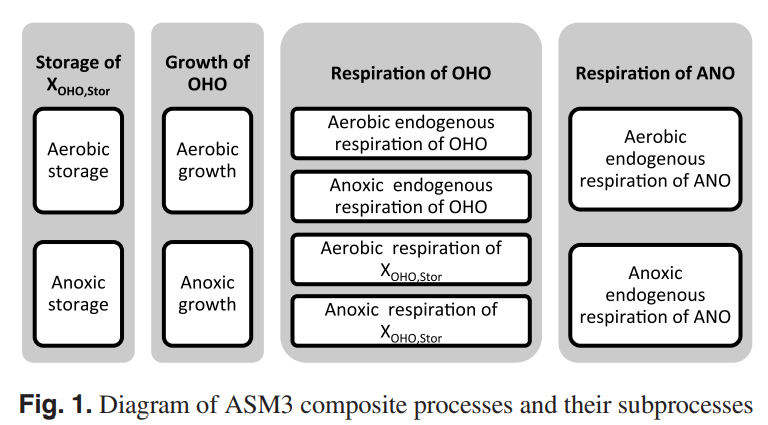
Comparison and database development of four recent ASM3 model extensions
In the last decade, many Activated Sludge Model No. 3 (ASM3) extensions were proposed to adopt new concepts such as simultaneous storage and growth of heterotrophic organisms and two-step nitrification-denitrification processes. From these ASM3 model extensions, four are included in this study: ASM3 with two-step nitrification-denitrification, ASM3 for simultaneous autotrophic and heterotrophic storage-growth, ASM3 extension for two-step nitrification-denitrification, and ASM3 for simultaneous storage-growth and nitrification-denitrification. The four models are analyzed and compared to the
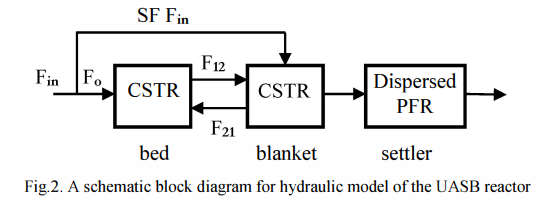
Mathematical modeling of Upflow Anaerobic Sludge Blanket reactor in domestic wastewater treatment
This paper introduces a dynamic model to adequately describe an Upflow Anaerobic Sludge Blanket (UASB) reactor. Some available models of a UASB reactor are discussed in order to modify their drawbacks and propose a new improved model with less complexity and more reliability. The developed model is a combination of two recent models introduced in Sweden. According to this model, a UASB rector is divided hydraulically into three compartments with integration of a kinetic model. Simulations are performed to investigate the validity of the developed model which indicates a good agreement with
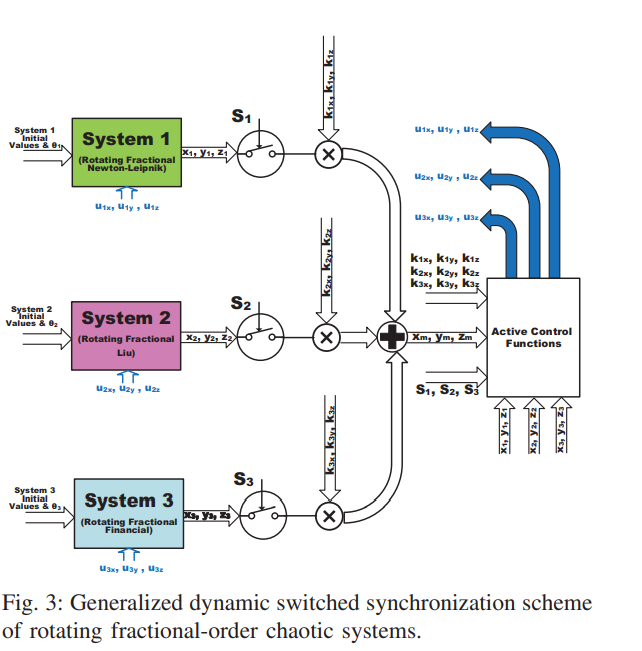
All-Dynamic Synchronization of Rotating Fractional-Order Chaotic Systems
This paper proposes generalized controllable strange attractors through dynamic rotation of fractional-order chaotic systems. Dynamic rotation angle enables the generation of multi-scroll and multi-wing attractors from single and double-scroll ones. The rotating systems are integrated with a generalized dynamic switched synchronization scheme. Dynamic control switches determine whether each system plays the role of master or slave. Based on dynamic scaling factors, the master can be one system or a combination of several ones with new strange attractors. The rotating fractional-order systems

Ecosystems for the development of multi-core and many-core SoC models
Multi-core and many-core Systems-on-Chip (SoC) are growing more complex than ever. Consequently, developing system models for such SoCs to guide and validate architectural and implementation decisions is becoming a daunting task. It consumes a huge amount of time and effort just to get the model up and running. Although these system models can be fairly abstracted, they still require the setup of a complicated platform to model a homogeneous or a heterogeneous mix of processing cores, a network-on-chip, cache memories, input-output interfaces as well as several other functional units. The
Pagination
- Previous page ‹‹
- Page 14
- Next page ››
